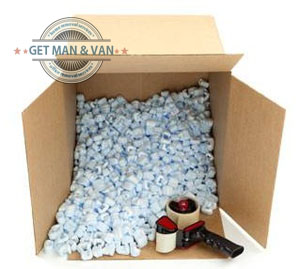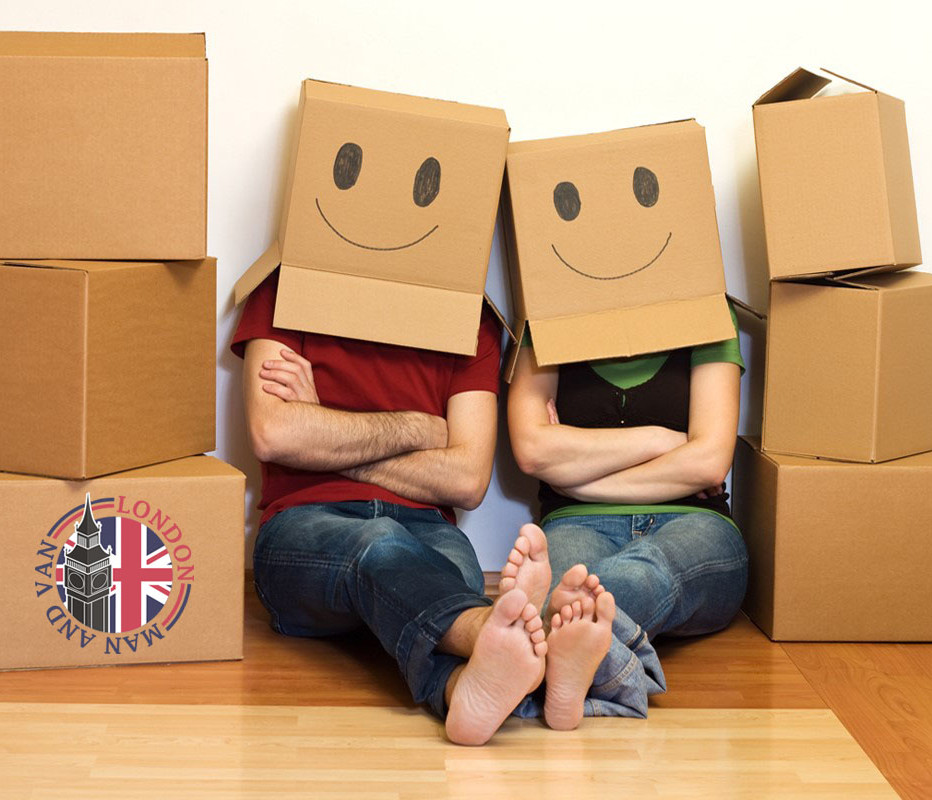Packing Box Assembly – Breakables
Getting the right size and durability packing boxes for your removal is merely enough to get your items safely transported from A to B.  Safe and efficient property removals require specialised expertise and pin point accuracy and perfect coordination. In other words you need to have the job done by a professional man and van company.
Safe and efficient property removals require specialised expertise and pin point accuracy and perfect coordination. In other words you need to have the job done by a professional man and van company.
Having said this, customers have the option to do their own packing. Alternatively the moving company can do this for you. In case you wish to self-pack, here some valuable tips and advice on how to do it right. Before going any further – remember the packing rule of thumb – the heavier the item, the smaller box you need for it.
Moving on to packing now – first of all, identify the bottom of the box – it should be labelled. Follow the instructions and fold the flaps in the correct order. If there are no instructions, fold two opposite flaps, then the other two opposite flaps on top of them. Do not interlock flaps but fold the opposing flaps two by two, interlocked flaps are weak. Seal the flaps using heavy duty packing tape – it should have come with the packing kit delivered by your man & van service provider. Seal at least fifteen centimetres (six inches) down each side of the box. When sealing joints and gaps on the box, use an H pattern for extra strength and do not stretch the tape as you seal as this will weaken it. Once the box is packed properly, seal its top in the same way you did the bottom, though in this case fold the smaller flaps first, and then fold the larger ones over them and tape seal. Listing and labelling the contents of boxers is important so take your time with it. A well-arranged, sealed box should not be overfull, or have items protracting from it.
If boxes contain precious cargo by all means stick a FRAGILE sticker on them. When packing breakables be careful. If unsure let your man and van service provider do the packing of fragile items for you. If you will be self-packing, here is how it works. Grab and empty box and line the bottom of it with crumpled packing paper – you need at least seven centimetres (about two inches) of cushioning. Place a layer of tightly packed china on the paper and press gently. Next up, spread another layer of crumpled packing paper on top of the crockery and repeat the same process until the box is almost full, but not full. Fill the empty spaces with smaller, individually wrapped items or more crumpled paper. Top off with a final layer of crumpled paper and seal the box tightly.
About author
-

-
Jeremy Oliver
Previously serving as a logistics coordinator, Jeremy's comprehensive understanding of the industry gives him the ability to translate complex procedures into easy-to-understand blog posts. He has a particular knack for tackling the intricacies of London's removals scene, from the congested roadways to the unique challenges of navigating historic neighborhoods. As an authentic Londoner, Jeremy combines practical knowledge with his inherent love for the city, offering readers not only information on man with van removals but also local insights and valuable tips.


